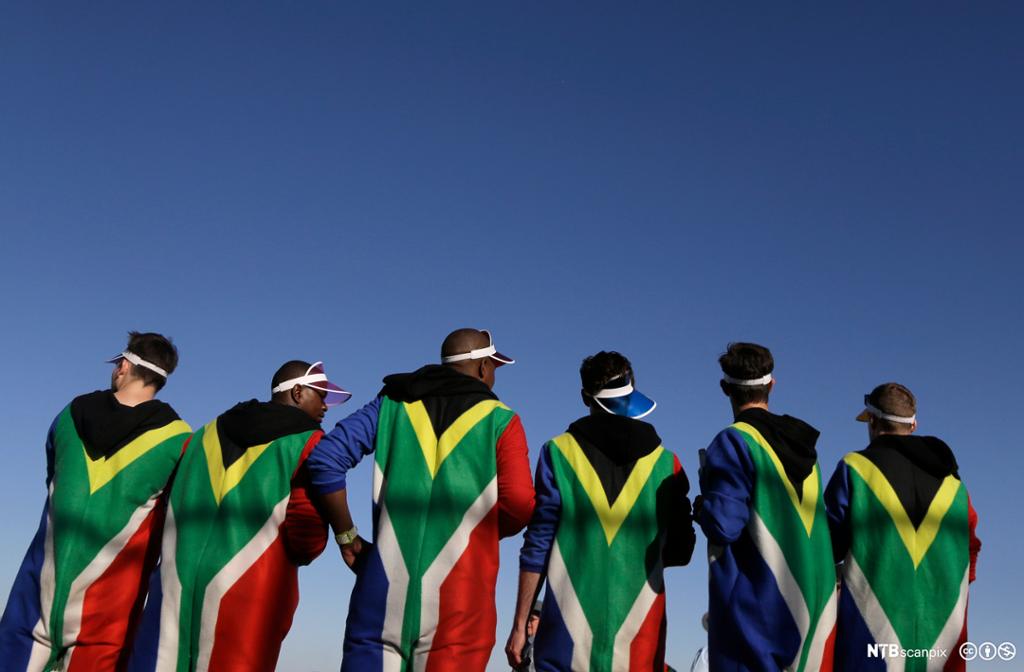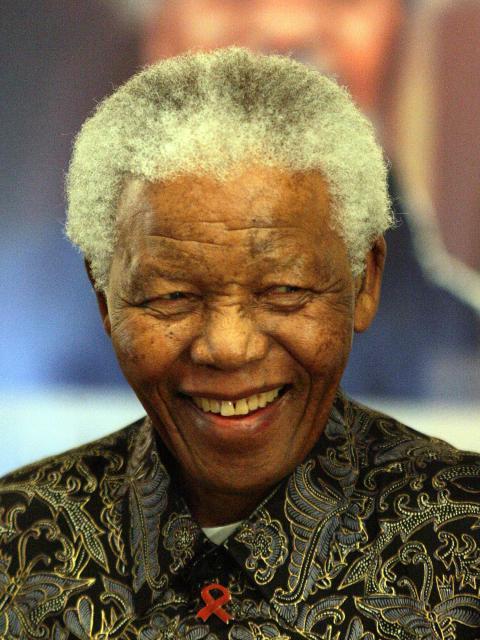An Introduction to South Africa

Introduction - South Africa, 10:08

South Africa's spectacular 2,798 kilometre coastline borders both the Atlantic and Indian Oceans. An independent enclave, the Kingdom of Lesotho, is surrounded by South African territory on all sides.
Humans have inhabited South Africa for more than 100,000 years. Cape Town, which was founded as a British colony in 1806, started as a refreshment station set up by the Dutch East India Company in 1652. European settlement expanded during the 1820s as the Boers (Dutch, Flemish, German and French settlers) and the British settlers claimed land in the north and east of the country.
After the Anglo-Boer War – sparked by the discovery of diamonds and gold - South Africa became a British dominion in 1910. South Africa gained full independence in 1961, when it was declared a republic.

Racial segregation had already come about under Dutch and British colonial rule. The system of separating whites, blacks and coloureds by law became known as Apartheid, and it endured despite opposition both inside and outside of the country.
Change came in 1990, when President F.W. de Klerk began to dismantle this legislation, and in 1994 the first democratic election was held in South Africa. This election brought Nelson Mandela and the current ruling party, the African National Congress, to power, and the country rejoined the Commonwealth of Nations.
South Africa is known for its diversity of cultures, languages, and religious beliefs. It has eleven official languages. English is the most commonly spoken language in official and commercial public life, but is only the fifth most spoken home language.
South Africa is ethnically diverse, with the largest Caucasian, Indian, and racially-mixed communities in Africa. Although 80% of the South African population is black, different cultures are represented within this group, as well as a number of different Bantu languages.
Tasks and Activities
Comprehension
1. How many countries does South Africa share borders with?
2. What do you imagine a refreshment station in the 17th century would provide?
3. What triggered the Anglo-Boer War?
4. When did South Africa declare independence?
5. Who was responsible for the dismantling of apartheid?
6. Explain South Africa's cultural diversity.